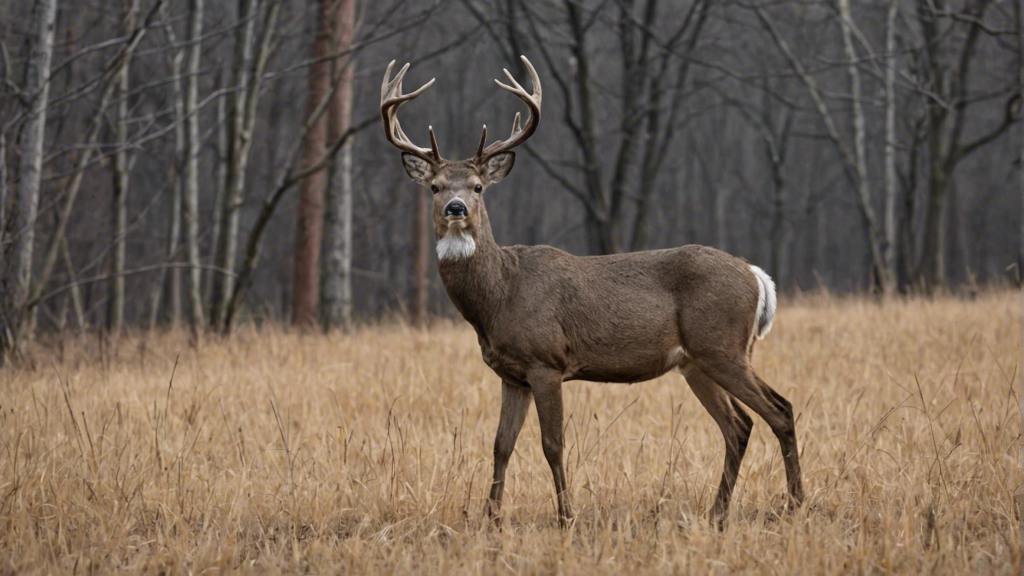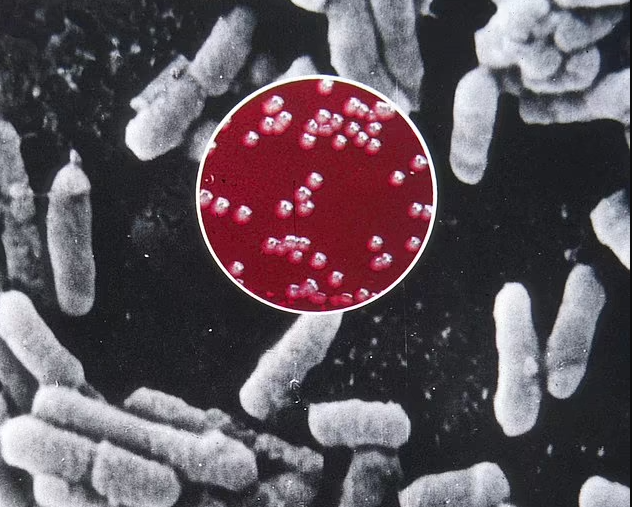Chronic Wasting Disease (CWD), often referred to as “zombie deer disease,” has recently garnered attention with the confirmation of thirteen new cases in North Carolina. Despite its ominous moniker, understanding this disease is crucial for wildlife management and public health.

What is Chronic Wasting Disease (CWD)?
CWD is a progressive and fatal neurological disease affecting deer, elk, and moose. It impacts the brain, spinal cord, and other tissues, leading to debilitating symptoms. Classified as a prion disease, similar to “mad cow disease” in cattle, CWD poses significant threats to wildlife populations.
Symptoms and Spread of CWD
Deer infected with CWD exhibit various symptoms, earning the disease its eerie nickname. These symptoms include listlessness, lack of coordination, and a blank stare, among others. However, detecting CWD solely through observation is challenging due to its long incubation period.
CWD spreads through various means, including live deer, carcasses, body fluids, and contaminated environments. Wildlife authorities emphasize avoiding the placement of food for wildlife, as it can facilitate disease transmission among deer populations.
Monitoring and Management Efforts
Wildlife agencies, like the North Carolina Wildlife Resources Commission (NCWRC), actively monitor CWD prevalence. Through extensive testing and surveillance, they track the disease’s spread and implement management strategies to mitigate its impact.
In North Carolina, where CWD cases have been identified, rigorous testing protocols are in place. The NCWRC collected thousands of samples from wild cervids, detecting positive cases primarily in specific counties. These efforts aid in understanding CWD dynamics and informing conservation actions.
Human Health Concerns
While CWD hasn’t been reported in humans, concerns persist regarding its potential transmission. Creutzfeldt-Jakob Disease (CJD), a human prion disease akin to mad cow disease, raises questions about cross-species transmission. Symptoms of CJD include dementia and neurological impairments, highlighting the severity of prion diseases in humans.
To mitigate risks, authorities advise against consuming meat from CWD-infected animals or those exhibiting signs of illness. Strict precautions, such as avoiding specific organs and tissues, are recommended to prevent potential exposure to prion agents.
Conclusion: Safeguarding Wildlife and Public Health
Chronic Wasting Disease poses significant challenges to wildlife conservation and public health. Vigilant monitoring, stringent regulations, and public awareness are essential in combating its spread. By understanding CWD’s complexities and adopting preventive measures, stakeholders can safeguard both wildlife populations and human well-being.
As the battle against CWD continues, collaborative efforts among researchers, wildlife agencies, and communities are imperative to mitigate its impact and ensure the sustainability of ecosystems and public health.
References:
- North Carolina Wildlife Resources Commission. (n.d.). Chronic Wasting Disease. https://www.ncwildlife.org/About-Wildlife-Resources-Commission/Chronic-Wasting-Disease
- Centers for Disease Control and Prevention. (2023). Chronic Wasting Disease (CWD). https://www.cdc.gov/prions/cwd/index.html
- The United Kingdom National Health Service. (n.d.). Creutzfeldt-Jakob disease (CJD). https://www.nhs.uk/conditions/creutzfeldt-jakob-disease-cjd/


